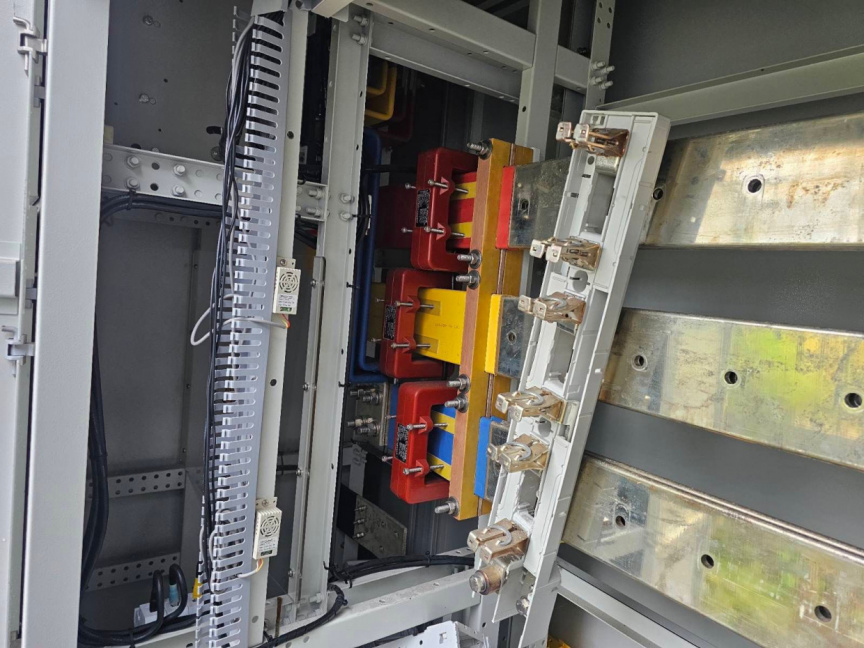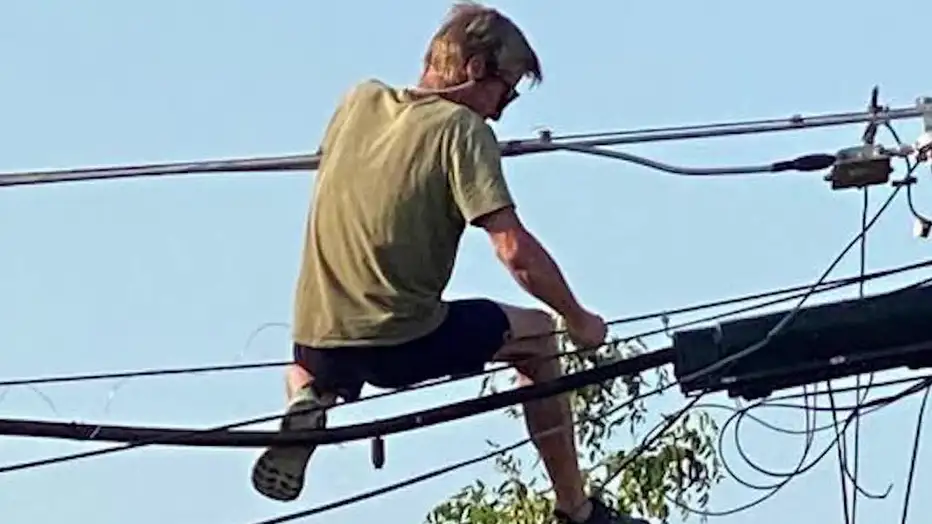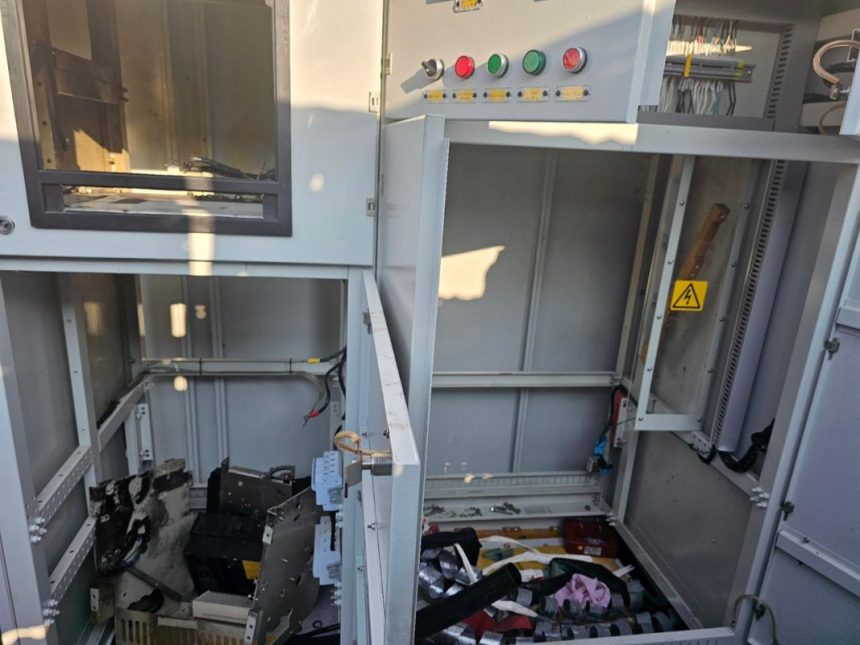The Maldives’ State Electric Company (STELCO) is facing mounting challenges as thefts and vandalism targeting its transformers continue to disrupt electricity services and pose safety risks. These incidents, fueled by the high value of copper components used in transformers, have raised concerns about public safety, financial losses, and the sustainability of STELCO’s infrastructure.
Recent Incidents of Vandalism and Theft
The most recent and alarming incident occurred on January 14, 2025, in Hulhumalé. A man, identified as Ibrahim Zaleef, 37, from Sh. Bilehfahi, was apprehended after attempting to steal components from a STELCO transformer. The suspect assaulted a STELCO employee with a wrench when confronted, causing minor injuries. Power supply to MPL Towers was disrupted due to the damage caused during the attempt.
STELCO’s Managing Director Hussain Fahumy strongly condemned the attack, highlighting the dangers posed to employees and infrastructure. In a statement, Fahumy emphasized that the company would prioritize employee safety and recognize the bravery of the staff involved.
This incident follows a series of similar occurrences over recent months.
- March 2024: A 27-year-old man attempting to steal components from a transformer in Hulhumalé Phase II suffered fatal electrocution. This tragic incident underscored the extreme risks thieves face while tampering with high-voltage equipment.
- January 2024: Vandals damaged security infrastructure, including CCTV cameras and fiber optic cables near STELCO transformers, leaving the systems vulnerable to theft. These actions also interrupted electricity services in key areas like the MPL Towers.
- December 2023: A theft of an electricity cable in Malé caused widespread power outages, leaving households and businesses without electricity for hours.
- Past Instances: STELCO has documented multiple cases of theft targeting copper wiring and other valuable components from transformers, as well as cables from private residences.

Understanding the Global Copper Theft Phenomenon
The rise in copper theft is not confined to the Maldives. Globally, the increasing demand for copper, essential in industries like electrical infrastructure and renewable energy, has made it a prime target for thieves.
- In Japan, the theft of copper wiring led to the deaths of one million chickens after air conditioning systems failed due to power disruptions.
- In the United States, electric vehicle charging cables rich in copper have been frequently stolen, disrupting operations and deterring potential EV users.
These examples highlight the far-reaching consequences of copper theft and the urgent need for preventive measures.

Proposed Solutions for STELCO’s Challenges
Given the persistence of these incidents, STELCO needs to adopt a multifaceted approach to safeguard its infrastructure and employees.
1. Enhanced Security Measures
- Surveillance Upgrades: Installing tamper-resistant CCTV cameras and motion-detecting alarms at transformer sites can deter potential thieves.
- Physical Barriers: Erecting secure fencing and padlocks around transformers could limit unauthorized access.
2. Alternative Materials
- Replacing copper components with less valuable materials, such as aluminum, can reduce the incentive for theft while maintaining operational efficiency.
3. Legislative Reforms
- Implementing strict regulations on the sale and purchase of scrap metals can curb illegal trade. Requiring proper documentation for transactions and imposing penalties for violations can act as a deterrent.
4. Public Awareness Campaigns
- Educating communities about the dangers of tampering with electrical equipment and the broader impact of theft on public services can discourage such activities.
5. Employee Safety Measures
- Providing STELCO employees with training and protective equipment to handle confrontations safely can minimize risks during such incidents.
Conclusion
The ongoing thefts and vandalism targeting STELCO’s transformers not only compromise the Maldives’ electrical infrastructure but also pose significant safety risks to individuals and employees. By implementing robust security measures, exploring alternative materials, enforcing stricter regulations, and fostering community awareness, STELCO can address these challenges effectively.
These measures are critical to ensuring uninterrupted electricity services and safeguarding the nation’s infrastructure against future threats. The time to act is now, as the cost of inaction continues to mount for both STELCO and the communities it serves.




